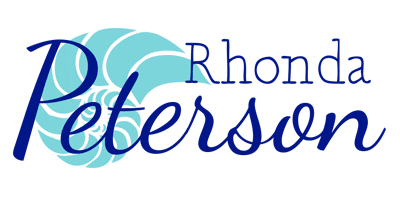Empowered employees have the freedom and ability to use their strengths in ways they choose to contribute to the team and reach team goals. They are motivated to make their best contributions through using their strengths.
Let’s face it, in most workplaces; we don’t talk about loving our employees or being loved by our team leader. However, research shows that team members who feel that their leader cares about them are more engaged and more productive in their work.
All of us want our work to be appreciated. We want to be valued as a member of the team. The opportunity to work in their strengths is a key part of team members sensing that you care about them. Working in strengths allows empowered team members to contribute their best to your organization.
Strengths-focused team members know their contribution to the shared vision and goals makes a difference. They can see where they best fit and are empowered to make their contribution.
How do you identify the strengths of your team members?
There are several ways to accomplish this; probably the easiest is to use the StrengthsFinder 2.0 assessment. It’s proven by time and testing from the well-known Gallop organization. You could also use the newer, but also well-respected StandOut from Marcus Buckingham. The StandOut assessment focuses on roles, where StrengthsFinder is assesses strengths. Both provide valuable information to those taking the assessment and leaders of the team.
Establishing an atmosphere of trust is critical when using assessments. I’ve seen team members shy away from taking this type of assessment, fearing it will pigeonhole them into a role they don’t like and don’t aspire to. If each person trusts that this will provide support for their choices, supporting them to grow in the areas THEY CHOOSE, it should alleviate their concerns regarding how the information will be used.
Empowered employees have the freedom and ability to use their strengths in ways they choose to contribute to the team and reach team goals. They are motivated to make their best contributions through using their strengths.
In his book, Drive, Daniel Pink defines three areas that motivate individuals: autonomy, mastery and purpose. Empowered team members practice all three.
- They have autonomy within the team, choosing the way they contribute their strengths to the team.
- They practice mastery; in contributing their strengths, they can continuously grow their strengths to new levels of competence.
- Finally, because they are part of a team working toward a vision to which they've agreed, there is a larger purpose toward which that they are working.
As the team leader, it pays to know each team member's strengths and help them contribute those strengths most effectively to the organization. Team members working in strengths-focused environments are more committed to, aligned with and effective in contributing to the goals of the organization. Being a leader who clearly cares about developing team members’ strengths pays dividends in having strong-solid relationships while contributing to the bottom line of your organization.

